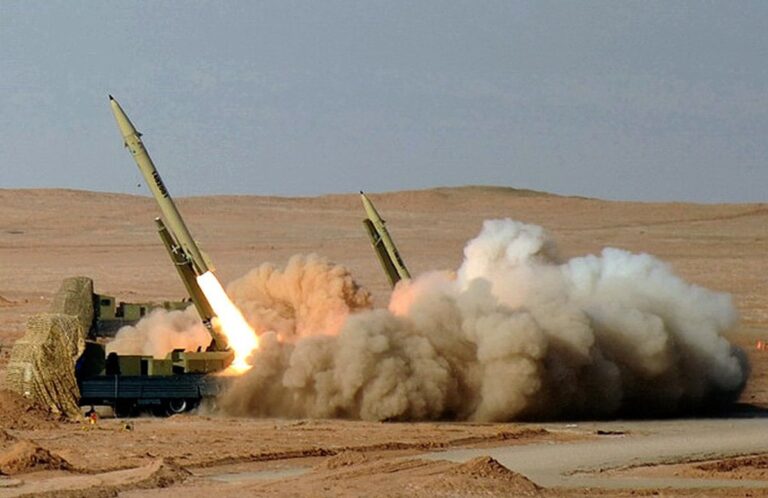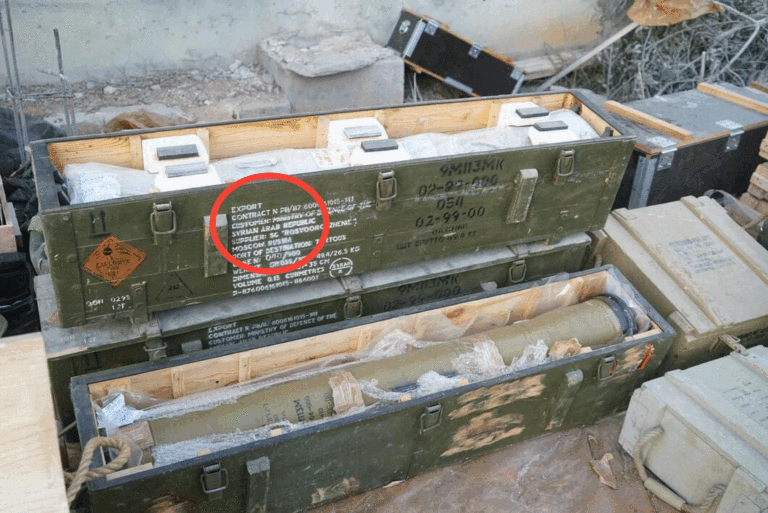 NASA is one step closer to launching its newest spacecraft designed for humans.
NASA is one step closer to launching its newest spacecraft designed for humans.
Workers at Kennedy Space Center gathered to watch as the Orion capsule emerged from its assembly hangar Thursday morning, less than three months from its first test flight.
The capsule — sealed for protection — slowly made its way to its fueling depot atop a 36-wheel platform. The capsule and its attached service module and adapter ring stretched 40 feet high.
“Isn’t this awesome?” said Kennedy’s director, Robert Cabana, a former space shuttle commander. “This is our step to the future, the exploration of establishing a presence in the solar system.”
Space center employees lined up along the rope barricade to snap pictures of Orion, NASA’s lofty follow-on to the now-retired space shuttle program.
During its Dec. 4 test flight, the unmanned capsule will shoot more than 3,600 miles into space and take two big laps around Earth before re-entering the atmosphere at 20,000 mph and parachuting into the Pacific off the San Diego coast. The entire mission will last 4½ hours.
The second Orion flight won’t occur until around 2018 when another unmanned capsule soars atop NASA’s new megarocket, still under development, called SLS for Space Launch System.
NASA intends to put astronauts aboard Orion in 2021 for deep space exploration; each capsule can accommodate up to four.
The plan is to use Orion for getting humans to asteroids and Mars — no space station ferry trips for Orion. A handful of private U.S. companies are competing for these short taxi flights; NASA expects in the next week or so to pick one or two candidates for funding.
While Orion may resemble an oversize Apollo capsule on the outside, everything inside and out is modern and top-of-the-line, officials noted Thursday. “I’m as excited as can be,” said NASA’s Orion production operations manager, Scott Wilson.
For Orion’s dry run, the Lockheed Martin Corp.-built capsule will have hunks of aluminum in place of seats for ballast, and simulators instead of actual cockpit displays. A Delta IV rocket will do the heavy lifting.
When asked by a reporter, Cabana said he wishes Orion’s flight pace was quicker.
“But it is what it is,” he said. “Given the budget that we have, I think we’ve got the best program that you could imagine.”
Orion has its roots in the post-Columbia shuttle era; it originated a decade ago as a crew exploration vehicle to get astronauts beyond low Earth orbit and managed to survive the cancellation of the Constellation moon project.
(AP)











One Response
I’m not sure what it is about space exploration and the devices designed in its pursuit that makes it so fascinating to so many people (myself included). It’s not just a recent phenomenon energized by the media or science-fiction literature either.
Some have theorized it has to with the human trait to reach beyond one’s boundaries. But, the same level of romanticism doesn’t seem to follow, say oceanography, for that explanation to suffice.